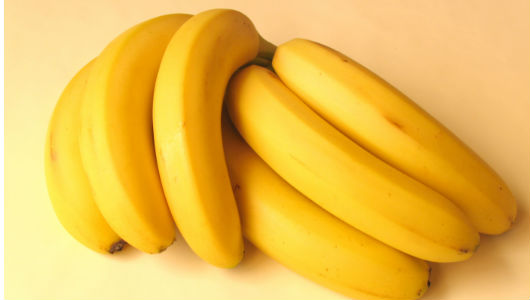Source: mnn.com
Published: July 1, 2013

Photo: grafiker/sxc.hu
By Jenn Savedge
It must be the year for scientific innovation among 16-year-olds. First there was Azza Abdel Hamid Faiad, the 16-year-old Egyptian teen who developed a method for turning plastic waste biofuel. Next we heard about Evie Sobczak, the 16-year-old who figured out how to turn algae into biofuel. And now in the news we have Elif Bilgin a sweet 16 Turkish student who has created a method for turning bananas into bioplastics.
In her research, Bilgin discovered that the starches and cellulose that make up the outer layer of a banana — the peel that always gets thrown away or composted — could be utilized to insulate wires or form medical prostheses. Bilgin developed a chemical process that turns the peels into a non-decaying bioplastic. Could its use replace the need for petroleum-based plastics? Bilgin certainly hopes so.
“For me, this means that my project actually has a potential to be a solution to the increasing pollution problem caused by petroleum-based plastic. It also means that I have started the process of changing the world, which makes me feel like a winner already,” she said.
Bilgin’s project won her the top prize and $50,000 at the recent Scientific American Science in Action competition. It also made her a finalist in the Google Science Fair, where she will soon compete with other finalists for top honors.
With her eye on a future career in medicine, Bilgin is excited about competing — and possibly winning — the Google Science Fair. “Winning this competition will bring me one large step closer to my dream of attending med school, since the prizes will help me fund my education as well as allowing me to have an once-in-a-lifetime experience. But more importantly, winning will show me that I am in the right path to my future, and science is my calling,” she said.
